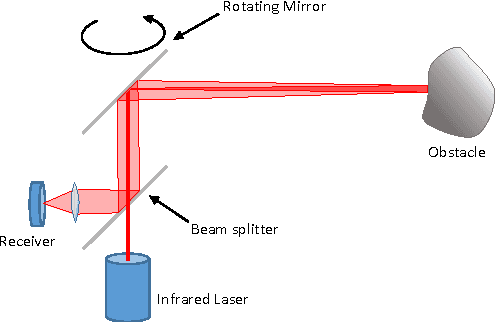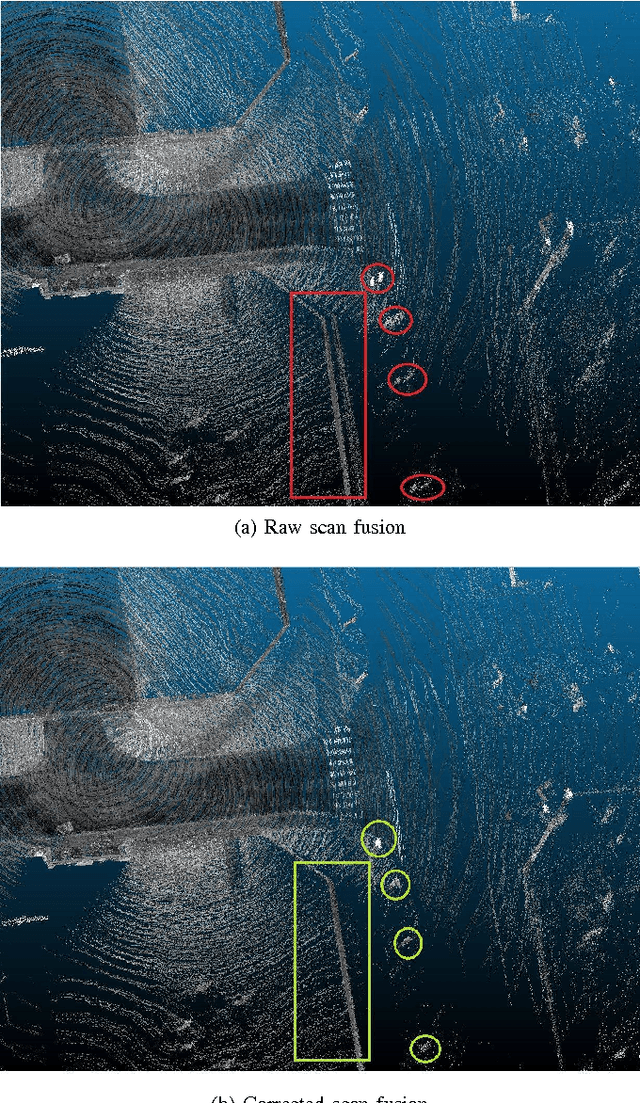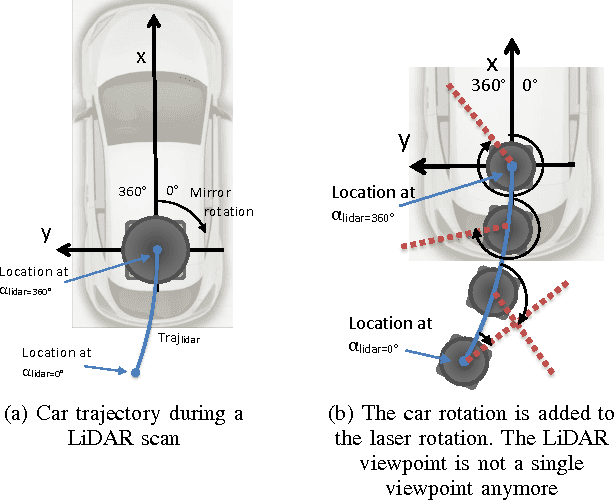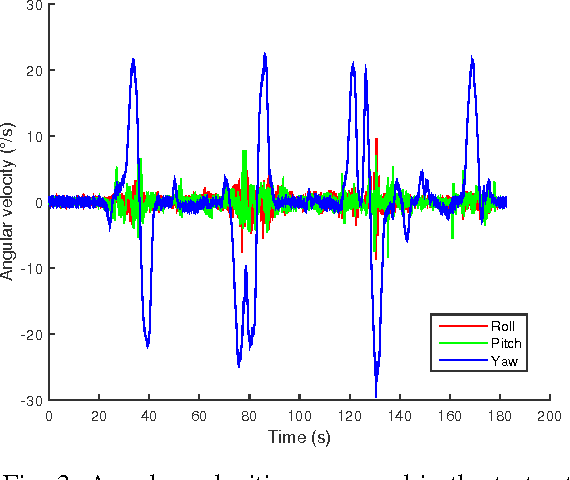Pierre Merriaux
Living in a Material World: Learning Material Properties from Full-Waveform Flash Lidar Data for Semantic Segmentation
May 07, 2023Abstract:Advances in lidar technology have made the collection of 3D point clouds fast and easy. While most lidar sensors return per-point intensity (or reflectance) values along with range measurements, flash lidar sensors are able to provide information about the shape of the return pulse. The shape of the return waveform is affected by many factors, including the distance that the light pulse travels and the angle of incidence with a surface. Importantly, the shape of the return waveform also depends on the material properties of the reflecting surface. In this paper, we investigate whether the material type or class can be determined from the full-waveform response. First, as a proof of concept, we demonstrate that the extra information about material class, if known accurately, can improve performance on scene understanding tasks such as semantic segmentation. Next, we learn two different full-waveform material classifiers: a random forest classifier and a temporal convolutional neural network (TCN) classifier. We find that, in some cases, material types can be distinguished, and that the TCN generally performs better across a wider range of materials. However, factors such as angle of incidence, material colour, and material similarity may hinder overall performance.
PixSet : An Opportunity for 3D Computer Vision to Go Beyond Point Clouds With a Full-Waveform LiDAR Dataset
Feb 24, 2021



Abstract:Leddar PixSet is a new publicly available dataset (dataset.leddartech.com) for autonomous driving research and development. One key novelty of this dataset is the presence of full-waveform data from the Leddar Pixell sensor, a solid-state flash LiDAR. Full-waveform data has been shown to improve the performance of perception algorithms in airborne applications but is yet to be demonstrated for terrestrial applications such as autonomous driving. The PixSet dataset contains approximately 29k frames from 97 sequences recorded in high-density urban areas, using a set of various sensors (cameras, LiDARs, radar, IMU, etc.) Each frame has been manually annotated with 3D bounding boxes.
LiDAR point clouds correction acquired from a moving car based on CAN-bus data
Jun 19, 2017



Abstract:In this paper, we investigate the impact of different kind of car trajectories on LiDAR scans. In fact, LiDAR scanning speeds are considerably slower than car speeds introducing distortions. We propose a method to overcome this issue as well as new metrics based on CAN bus data. Our results suggest that the vehicle trajectory should be taken into account when building 3D large-scale maps from a LiDAR mounted on a moving vehicle.
 Add to Chrome
Add to Chrome Add to Firefox
Add to Firefox Add to Edge
Add to Edge